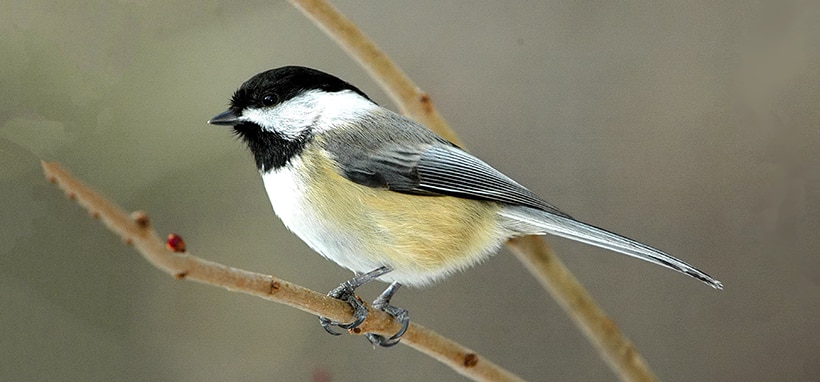Water attracts
Birds need water for drinking and bathing. To enhance your garden for birds, add a source of water for them like a birdbath or fountain. They are especially attracted to moving to dripping water. Ideally, the water level in artificial birdbaths should be no more than 2 inches deep. A gradual decrease in depth towards the edges allows birds of all sizes to drink and bathe in the depth they prefer. A water drip or wiggler may be added to create the sight and sound of moving water, while deterring mosquitoes. Water should be replaced weekly to keep it clean.
Shelter
Shelter is as critically important as food and water. Birds need a safe place to rest, preen their feathers, and escape when predators are present. Each night, birds settle into dense shrubs or coniferous trees to sleep. Providing these refuges in your yard is another way to attract birds. Consider adding wood or wicker bird houses for nesting in the summer and roosting during cold winter nights.
Food
A healthy mix of native vegetation will draw a variety of species to your yard. Native trees and shrubs that produce berries (like dogwoods, serviceberries, cherries, blueberry) provide fruit in summer and/or fall, and are much more nutritious (high in fats and lipids) than fruits of non-native plants. During the summer when birds are nesting, the young are fed almost exclusively invertebrates like caterpillars. Native plants support a much higher diversity and number of invertebrates than non-native plants. This is especially true with caterpillars, which are the preferred food for young songbirds. Growing native plants in your yard can be the best way to attract many species of birds to the area.
Are you looking to attract hummingbirds? Native species of wild bergamot and red columbine have colorful, tubular flowers that will entice hummingbirds and butterflies! You might also include Trumpet Honeysuckle, Cardinal Flower, Spotted Impatiens, Canada Lily, and native azaleas and rhododendrons.
Bird feeders and wildlife
By providing native plants, fresh water, and bird houses, you can attract birds to your yard without needing to use bird feeders. Most bird feeders draw the unwanted attention of squirrels, chipmunks, mice, rats, and even black bears. Keep these unwanted guests out by creating a natural habitat for the birds.
Additional tips
We all like to keep a well-maintained yard. But birds like things a little more on the wild side! Leave small piles of branches and leaves around your yard. These will attract ground-dwelling invertebrates—perfect for birds like American robins and northern flickers. The brush piles provide shelter for bird species like the Carolina wren. Decomposing piles will replenish nutrients to your soil over time.
When possible, don't cut down dead trees, also called snags. Snags are favored foraging and nesting places for many species of birds.
